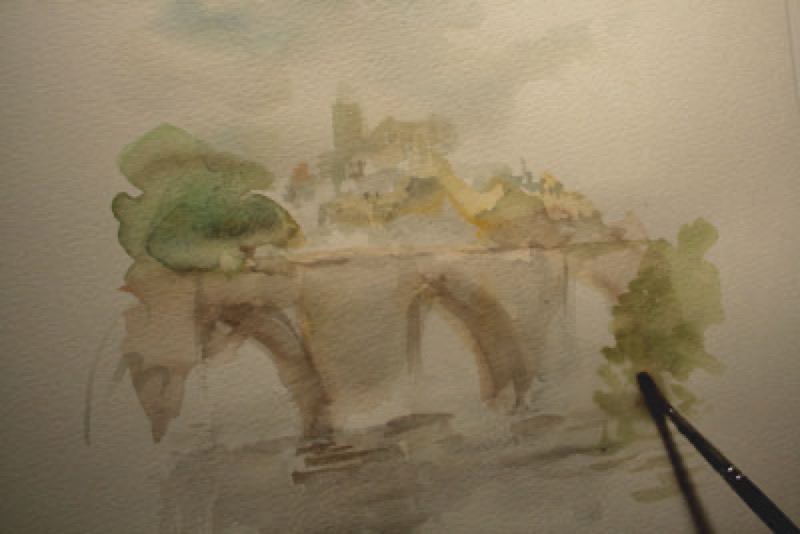
What is acrylic paint's greatest virtue? Its exceptional versatility! You can work with an infinite number of textures: opaque and thick like the oil painting, or delicately transparent and close to watercolor results.
What is acrylic paint's greatest virtue? Its exceptional versatility! You can work with an infinite number of textures: opaque and thick like the oil painting, or delicately transparent and close to watercolor results.
- When diluted with water like watercolors, acrylic paint has the same fast drying properties. But by adding a retarder medium, you can stretch painting time: This is a definite advantage if you like to take your time!
- When used like oils, acrylic paint results are just as spectacular. Additional advantages: odorless, with a shorter drying time!
Your gesture should be especially self-confident, because mistakes cannot be corrected. So here is some advice: practice, practice, practice…

